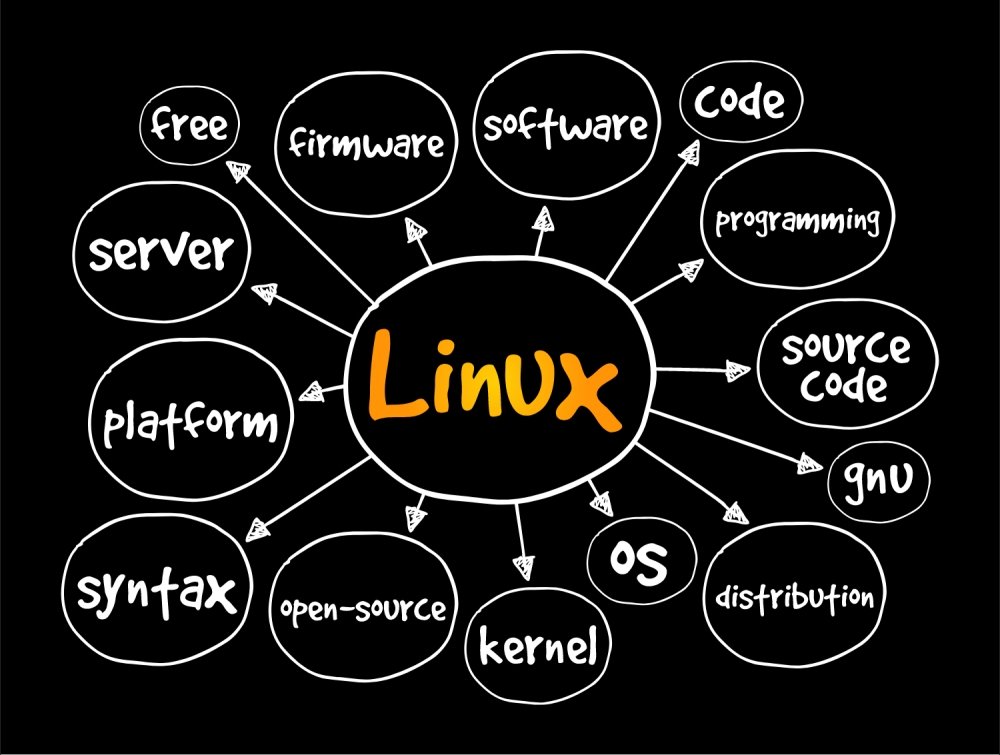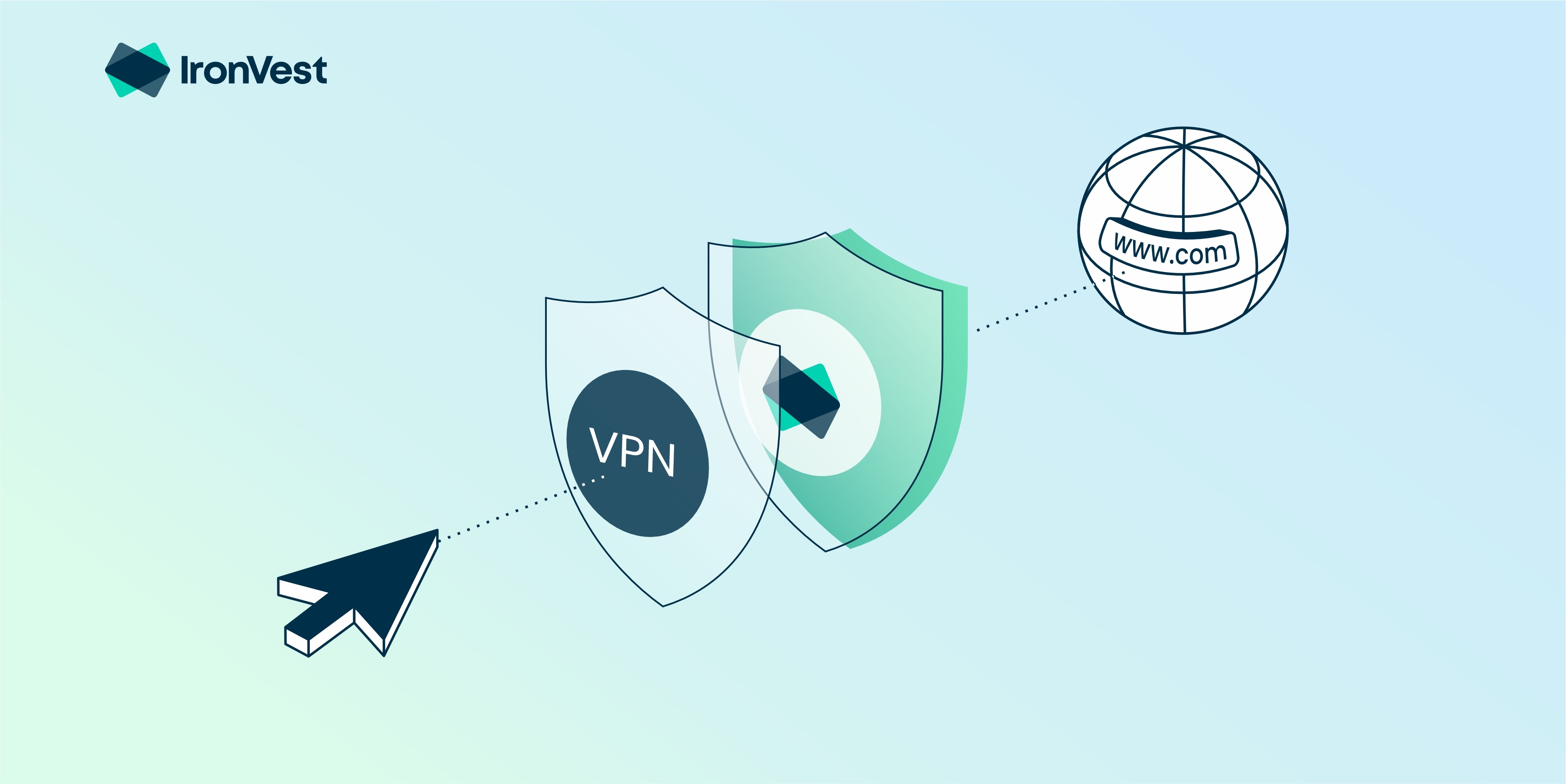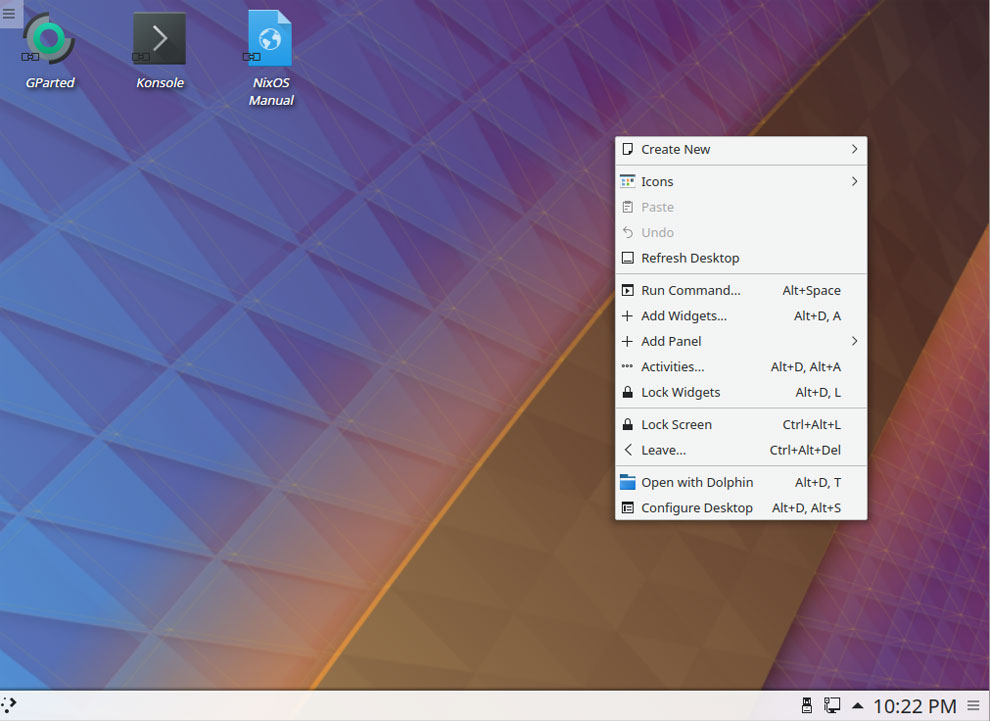
The Rise of Linux SSH Server Attacks
In recent times, poorly secured Linux SSH servers have become prime targets for malicious actors looking to exploit vulnerabilities for their gain. These bad actors are deploying port scanners and dictionary attack tools to compromise vulnerable servers, with the ultimate goal of orchestrating cryptocurrency mining operations and launching distributed denial-of-service (DDoS) attacks.
The attackers often resort to installing scanners and selling breached IP addresses and account credentials on the dark web. By employing dictionary attacks, where they systematically try common username and password combinations, threat actors gain unauthorized access to servers. Once successful, they proceed to deploy malware, including scanners, to identify other susceptible systems on the internet.
One notable command executed during these attacks is “grep -c ^processor<proc/cpuinfo>”, indicating the sophistication and complexity of the malicious activities.
These tools are believed to be associated with the PRG old Team, with each threat actor making slight modifications before launching the attacks.
To mitigate the risks associated with these attacks, users are advised to use strong, hard-to-guess passwords, regularly update their systems, and maintain vigilance against potential threats.
These developments come amidst the emergence of a new multi-platform threat named NKAbuse, which exploits the NKN (New Kind of Network) protocol for decentralized, peer-to-peer network connectivity to facilitate DDoS attacks.
Conclusion
As the cybersecurity landscape continues to evolve, it is imperative for users to stay informed and proactive in safeguarding their systems against emerging threats and vulnerabilities.















